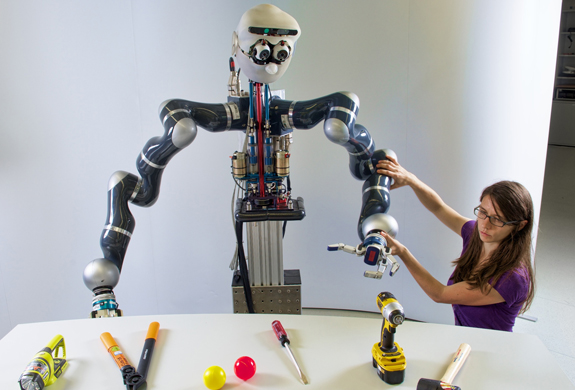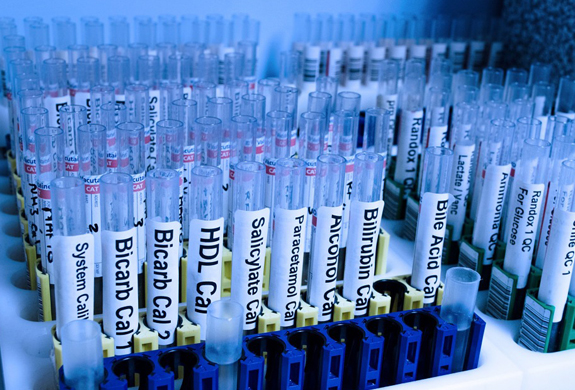Two Dimensional Nanomaterials
Computing devices based on graphene and black phosphorus are an alternative to overcome the limits of silicon chips. Sungkyunkwan University and the Korea Basic Science Institute have recently discovered that black phosphorus, has greater potential as a semiconductor device than the existing nanomaterials, and proved the possibility of realizing logic circuits based on new nanomaterials. As the performance of silicon-based computing devices is analyzed to have reached the physical limit, vigorous efforts are being made to develop logic circuits by using new alternative nanomaterials such as carbon nanotubes, graphene, and molybdenum disulfide. Although its zero band gap is a weakness of graphene, research to utilize the material for computing chips is expected to continue as the method of mass production has improved. In addition, computer simulation and big data will be used more actively for the purpose of accelerating the development of new materials.

Carbon nanotube(Source : Wikimedia.org)
Blockchain
The idea of a distributed trust mechanism and increased transparency will trigger innovation in financial and public sectors. Blockchain is a secure means to provide trade history to participants and prevent data forgery by comparing records whenever a transaction occurs. This technology is characterized by the absence of centralized servers to store ledger of transactions that have traditionally been kept by financial institutions. Providing trade transparency and anonymity, Blockchain is anticipated to drive the distribution of information and decentralization of power. The financial industry has already begun to actively use this technology for digital money and tradable assets of any kind. Blockchain will continue to bring a range of changes to non-financial industries and across society, prompting the emergence of safe and new innovative services and markets.

Replica of Bitcoin(Source : Flickr.com)







